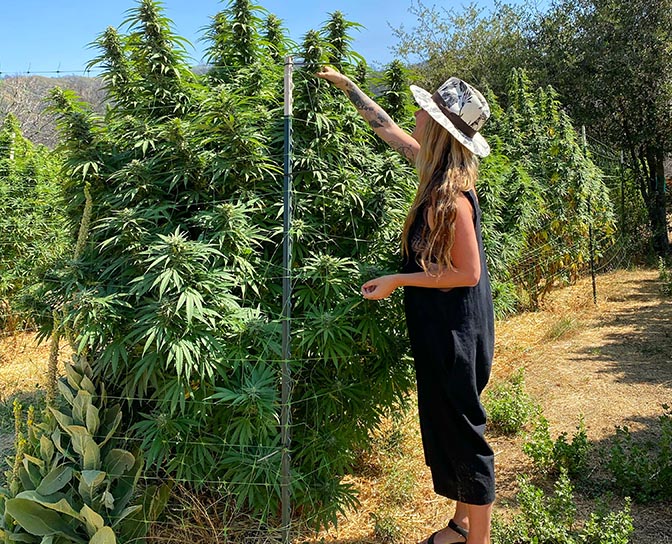
The complete guide to cannabis for women in midlife
Though cannabis has been part of my life since I was 14, I didn’t make it the cornerstone of my career until I was well into my 30s. By that time, I had already built a successful career in freelance journalism, focused on food, restaurants, wine, spirits, and travel. Which is to say, I turned all of my personal interests into professional ones. However, there was always one outlier, and that was weed.
Long my preferred mind-altering substance, cannabis has played many roles in my life. By the age of 30, CBD oil was a staple in my anxiety management routine. I was a regular recreational cannabis smoker, something that had come and gone in intensity at different times of adulthood. I felt the pull to cover more cannabis stories in my journalism, but a big thing held me back.
When weed isn’t appropriate
My ex-husband, who I was married to at the time, was applying for his Green Card and I was to be his sponsor. It didn’t seem like a good idea for me to enter a federally monitored evaluation process while being publicly on record as a user and an advocate for a Schedule I controlled substance. So, I held off.
Eventually, we got divorced right about the time California — where I live — legalized adult usage of cannabis. I started reporting on cannabis in 2017 and I’ve never looked back.
Alongside the personal benefit I’ve experienced from incorporating cannabis into my daily life, I’ve watched cannabis have a profound impact on others: epilepsy patients who come out of grand mal seizures by inhaling from a CBD oil-filled vape pen; friends with cancer dulling their pain with strong edibles; and, of course, plenty of us managing anxiety with it. I have experienced nothing but goodness from cannabis and the people it’s brought into my life.
That said, there’s an ugly side to cannabis — the side that comes when anything is forced to exist in the margins of prohibition: crime, misinformation, corruption, mass incarceration, and other social ills. As a journalist, I saw this ugly side as an opportunity to chronicle in real time the radical social, economic, societal, and political changes that come when a shadow industry and culture is brought to the light. I see my work as a form of activism. And, being able to target my message to women specifically, a group whose health has often been overlooked and marginalized in modern medical history? All the better.

How women can benefit from cannabis
When you think about cannabis, the first image that pops into your head is likely not a middle-aged woman toking up. However, cannabis is becoming more and more accepted as a salve for many of women’s more frustrating experiences in sex, motherhood, and menopause.
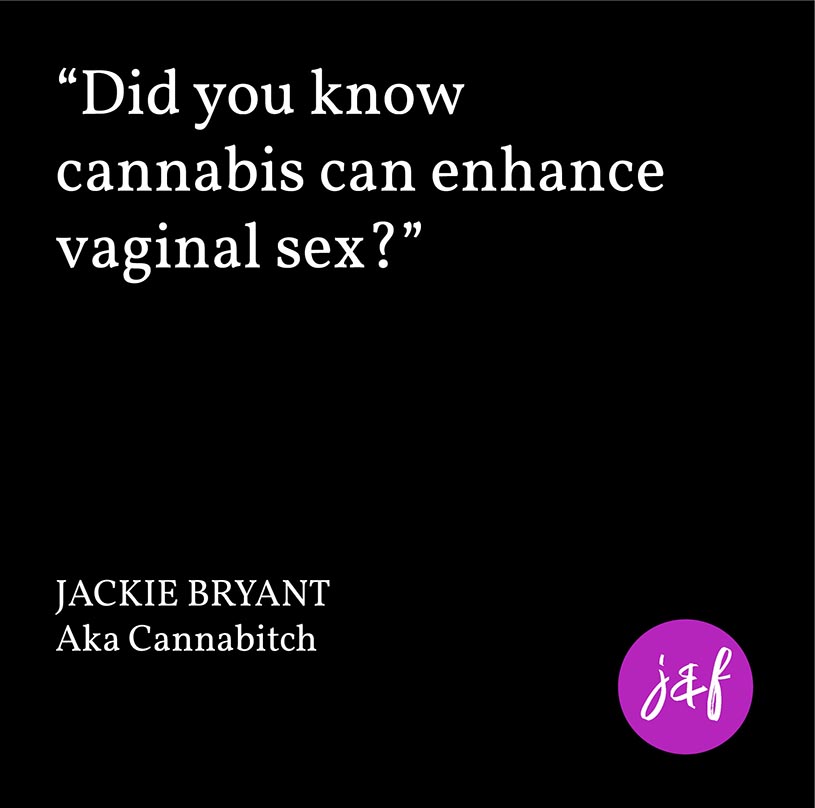
Cannabis for sex
Did you know cannabis can enhance vaginal sex? THC is a vasodilator, which means it widens blood vessels — which is the same reason a person’s eyes may become bloodshot after smoking. Greater blood flow allows for greater sensation, which means the potential for stronger, more sustained, and more numerous orgasms. Commonly, vagina-safe oils, like those made by woman-owned Oshihana, are the best delivery method for this purpose, though smoking and orally ingesting THC works, too.
There are also CBD-only sex oils on the market. Some people swear by their efficacy; however, they’re mainly effective in dulling pain and little else. That isn’t a small deal — according to statistics from the American College of Gynecologists and Obstetricians, 75% of women experience pain during sex at some point in their life. If this sounds familiar, CBD sex oils and suppositories are a good place to start. THC, as an analgesic, also works well to dull pain.
Cannabis for motherhood
A number of mommy-friendly cannabis-oriented accounts on Instagram, like @Ganjamom and @cannamommaa, to name just two, have popped up to destigmatize weed as an effective way for mothers to wind down and take the edge off. The internet is rife with advice for moms who consume on how to deal with potential stigma in everyday life and parenting situations. A ton of new resources to help moms curious about cannabis to get going on their new path are surfacing. The new book Weed Mom by Danielle Simone Brand explores the writer’s own journey through motherhood and womanhood, while using cannabis.
Cannabis for menopause
Finally, cannabis is also being used by health professionals and individual women alike to manage the effects of perimenopause and menopause. Companies like Hello Again make THC and CBD suppositories to relieve a variety of “physical and emotional challenges brought on by menopause.” Their laboratory-tested formulas help aid sleep, pain, hot flashes, and other discomforts.
Weed by any other name has the same benefits
Most likely, the first time that you came across cannabis, that’s not what it was called. Pot, weed, dope, devil’s lettuce, marijuana — there are many euphemisms, all used to describe a common yet mythical psychoactive plant with almost unbelievable health and recreational benefits. Nowadays, the preferred nomenclature is cannabis, thanks to legalization efforts across the globe and a dedicated campaign by industry professionals and activists to normalize usage of the plant.
Because cannabis was illegal for so long (and in some places remains so), most of its uses are not yet scientifically supported, with the exception of substantial evidence that cannabis can be used to treat seizure disorders. But, ask a few cannabis users about the benefits they’ve experienced and you’ll be bowled over with testimonials. Specific benefits of cannabis can depend on the type of product you consume, and which cannabinoids are at play.
The science (and magic) of cannabis
The cannabis flower secretes a chemical compound called a cannabinoid. At least one hundred different cannabinoids have been discovered to exist as part of the cannabis plant. As cannabis is legalized more widely, the scientific community has the chance to discover additional cannabinoids.
The two most well-known cannabinoids are THC, which is responsible for making people feel high, and CBD, which is most often used in anxiety and pain management. Once ingested, these cannabinoids interact with receptors in the body to alter neurotransmitter releases in the brain. Cannabinoids regulate communication between cells, which provides mental and physical effects such as pain reduction as well as relief from intoxication, nausea, and anxiety, to name a few. These chemical compounds also bind to receptors, producing different effects depending on the ingestion method and where on the body they bind.
What is THC?
One of the most common uses for cannabis is pain. THC, or tetrahydrocannabinol, which is cannabis’ most famous compound, is said to be a potent analgesic, relieving central nervous system and neuropathic pain. It also happens to be the compound, or cannabinoid, that gets people high. In addition to relieving neural pain, THC is also useful in combatting nausea and working against other insidious forms of pain, like those that occur with cancer, fibromyalgia, and co-ailments related to AIDS and HIV.
What is CBD?
Cannabis’ next most-famous cannabinoid, CBD, or cannabidiol, is also one of the most common naturally occurring compounds in the plant. Barely known outside the industry and medical circles until a few years ago, CBD has positively blown up in popular and consumer culture since it became a popular additive to everything ranging from gummies to coffee beans to pillows. CBD is most commonly consumed in tincture, topical, and edible forms.
Most CBD extract was originally grown on the hemp plant, which has been isolated to produce no THC. So, while a psychoactive substance (meaning it binds to receptors and produces effects in the mind and body), it is non-intoxicating, so it won’t make anyone high. It can cause a foggy-like feeling and drowsiness in some people.
When grown as part of the hemp plant, CBD can be sold legally anywhere in the United States, including across state lines. Any product containing THC can’t be sold the same way.
CBD is often used to:
- fight inflammation
- reduce anxiety
- improve sleep
- manage chronic pain
CBD is also included in the drug Epidolex, which is an FDA-approved drug containing synthetic cannabinoids used to treat severe seizure disorders.
What to look for in high-quality cannabis products
Though the official scientific word is far from final, most industry experts agree that in order to experience the full benefits of the cannabis plant, you really need to consume what’s called “full-spectrum” or “whole plant” extract. A theory called the “entourage effect” touts that there’s a synergy between various cannabis compounds, like cannabinoids and terpenes, that work together to produce a variety of therapeutic effects. These effects aren’t as beneficial when these compounds are individually isolated. Many industry and medical practitioners recommend buying products that combine some amount of CBD and THC together, even if one compound is heavily favored over the other.
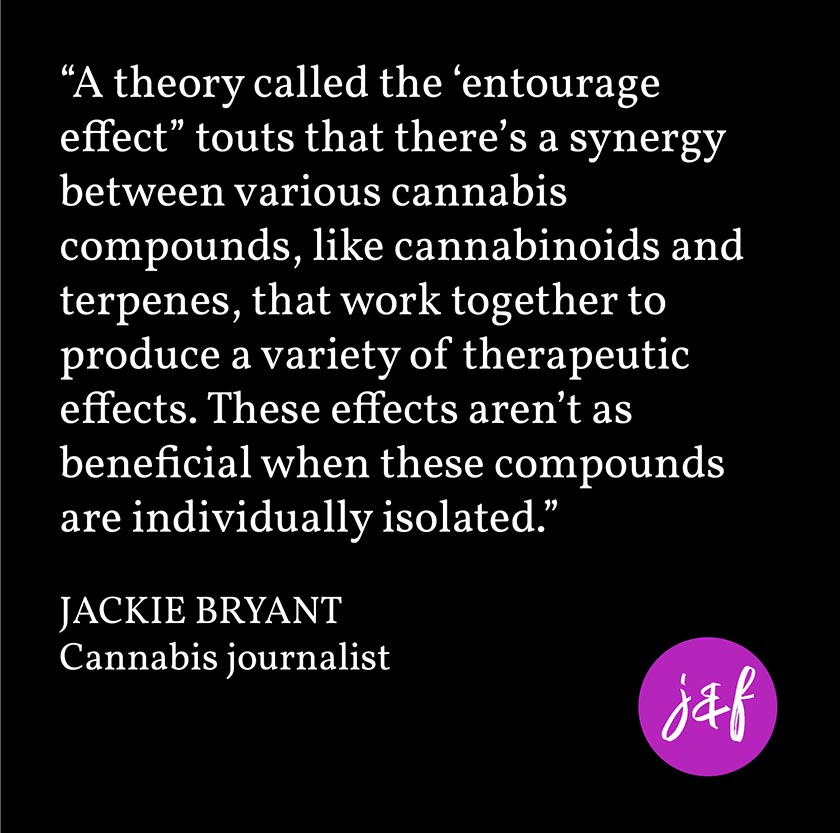
You need to consider “the entourage effect” when purchasing CBD products, because much of the available market is centered around CBD isolate, which contains no THC. For some uses like pain management, using just CBD alone may not have the optimal effect without the presence of THC.
The exact science behind achieving the entourage effect is inexact at this point in time, but for consumers looking to buy high-quality, potent CBD products today, you’ll do well to stick to those that boast “full-spectrum” and “whole-plant” on the label. To start, check out these women-led businesses:
- Luna Volta (Founded by Kayla Clements)
- Charlotte’s Web (Led by CEO Deanie Elsner)
- Simply Pure (Owned by Wanda James)
How to consume cannabis in a way that suits your lifestyle
When it comes to cannabis, take your pick of the method of consumption that fits your life and needs best.
Smoking cannabis flower
While one of the less safe ways to consume cannabis (as it requires combustion), smoking is the most environmentally-friendly way to imbibe. Sun-grown cannabis flower, cultivated outdoors, is inherently more sustainable and has a lower carbon footprint as it uses less man-made energy to produce. That said, it can be harder to come by in states without year-round decent weather. Smoking cannabis flower is good for just about anything someone could want weed to be good for: pain management, enjoyment, and sleep are just a few things that come to mind. In addition to smoking, flower can also be used as a tea or added to food.
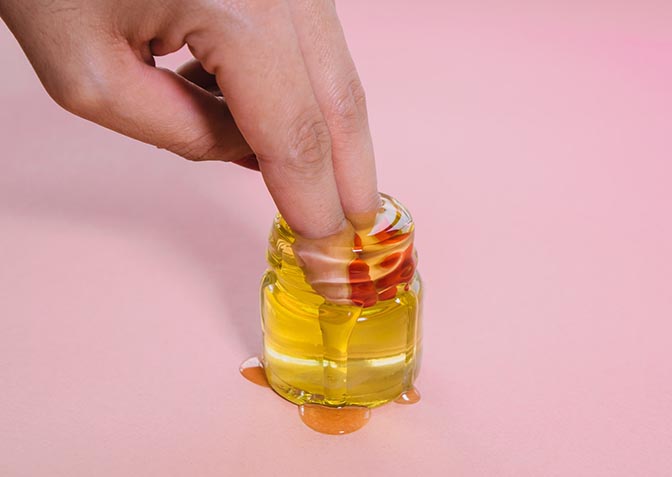
Applying topicals
Made from cannabis distillate (oil) that was extracted from cannabis flower, topicals are most commonly made with either THC, CBD, or some combination of both and are intended for acute use on a specific site of the body, especially for pain. These are used on top of the skin and are not made to be otherwise ingested.
Drops of tincture
Tinctures are made with alcohol, which absorbs the cannabis from the plant and suspends them in a medium that’s easy to ingest with a dropper. When you consume drops of tincture orally, the cannabis is absorbed quickly through the mouth and esophageal lining. Unlike other ingestibles that metabolize in the liver, tinctures’ quick reaction time makes them one of the best ways to consume cannabis for medical purposes. Tinctures are ideal for sleep, pain, cooking, and daily dosing. While tinctures are most often taken orally, they can also be used vaginally for sex.
Inserting vaginal suppositories
Vaginal suppositories are becoming an increasingly popular way to manage menstrual cramps and other pelvic pains that result from perimenopause and other health issues. They tend to be the length of a quarter, so are easy to insert.
Eating edibles
Edibles used to be a wildcard when it came to consuming cannabis but, thanks to legalization, dosing for edibles is becoming standardized and predictable. Home bakers used to be the sole source of edibles prior to legalization. Due to various chemical processes that occur while baking and cooking, it was nearly impossible to be certain of an edible’s specific dose. These days, however, many professional edible producers have dialed in the dosing process via testing and specialized equipment. When it comes to edibles, my best recommendation is to buy from a dispensary and research testing results online. Edibles are particularly popular for enhancing sex (they give an intense body high in many people), aiding in pain management, and merely relaxing or falling asleep.
Drinking cannabis + taking cannabis pills
Oral ingestibles like pills and drinks are a growing segment of the market, ideal for people who need precise dosing but don’t feel like eating actual food products. Cannabis extracts used in pills or gel capsules, for example, are frequently used in medical settings for pain management. Nanotechnology has made it possible to create a cannabis drink with a faster absorption rate, so now you can drink a cannabis-infused drink with an intoxication reaction time akin to drinking a beer (though with different physiological effects).
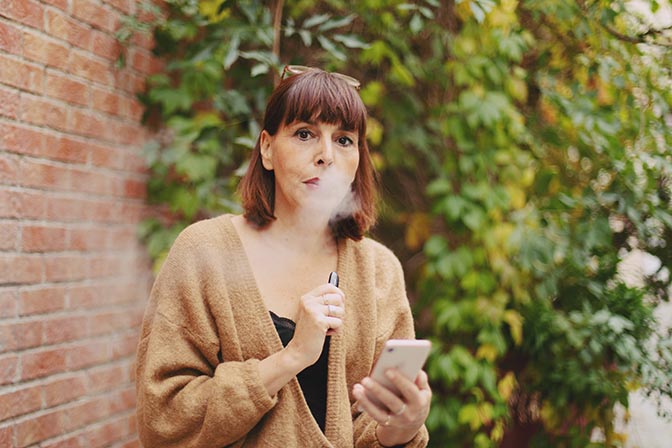
Vaping
Controversy has swirled around the use of distillate-based vape cartridges and…rightfully so. To ensure you’re getting a quality product free of harmful additives, buy only from a dispensary. Products sold in dispensaries have met testing and safety standards, which restrict additives other than pure cannabis oil. Vaping is particularly popular among women because it’s discrete for those who may still be cagey about their cannabis use. Aside from vaping with distillate, you can also vaporize cannabis flower to smoke cannabis via combustion without the butane from lighter fluid or burning paper.
Consuming concentrates
Cannabis extract products, such as oil, shatter, wax, sauce and others, are in many ways the Wild Wild West of the cannabis consumption world. Concentrates, also known as dabs or extracts, pack a heavy punch. They are advised only for experienced cannabis users who know their limits. The first rule for concentrates is to buy legal unless you wholly trust the person extracting. While no state’s testing procedures are immune to problems, buying legal ensures the safety and purity of a product. You’ll want to look out for butane or other solvents being used in the extraction process. Solventless extracts, which tend to be more expensive, are the purest form of concentrate. They don’t require extra chemicals to produce, which means those chemicals don’t end up in the final product, either. Use these guidelines to identify additives and base oils for tinctures and topicals, too. Concentrates can be useful in pain management, as an intense enhancement during sex, and, of course, for recreational enjoyment.
How to identify trustworthy cannabis products
There are two markets for cannabis: legal and illegal. For example, you can buy from your dispensary or from your corner guy — each is a very different experience. Not all avenues for purchasing cannabis are safe or reliable, unfortunately, which is the result of markets transitioning from illegal to legal. Consumers must learn to do research on their own. It sucks, but when an industry is transitioning out of the shadows, it takes awhile for the safety regulations to catch up.
You can start by identifying a safe point of origin. In states where cannabis is still illegal (see the guide below), customers are required to do a little more due diligence when figuring out where to safely source their cannabis. In legal states, dispensaries are a good first stop. Thanks to medical and recreational legalization, the products that end up being sold in dispensaries must be tested several times over and go through several layers of oversight before they end up on product shelves.
When it comes to CBD, which is available in normal retail markets outside of dispensaries, including the internet, buying from a reputable retailer with legitimate-looking social media and website is a good start. Many of the products being sold that are sickening people come from black market retailers that lack branding or internet presence in order to be less traceable.
Of course, relying on a company’s promotional material is not the best line of defense when identifying high-quality products. If a seller looks to be legitimate, the next order of business is to investigate whether or not the company has a Certificate of Analysis, or COA. COAs are issued by accredited laboratories that document a range of testing. Not every state requires cannabis or CBD distributors to hold a COA, and sometimes COAs can be hard to find when companies don’t make them publicly available.

Where is weed legal?
Cannabis is considered a Schedule I controlled substance by the federal government and is therefore technically illegal. However, a number of states and territories have decided to pass their own laws legalizing medical usage, adult-use (recreational), or a combination of both.
Currently, cannabis is legal for adult-use in Alaska, Arizona, California, Colorado, Commonwealth of Northern Mariana, District of Columbia, Guam, Illinois, Maine, Massachusetts, Michigan, Montana, Nevada, New Jersey, Oregon, South Dakota, Vermont, and Washington.
States/territories with legal cannabis for medical use include Alaska, Arizona, Arkansas, California, Commonwealth of Northern Mariana, Colorado, Connecticut, Delaware, District of Columbia, Florida, Guam, Hawaii, Illinois, Louisiana, Maine, Maryland, Massachusetts, Michigan, Minnesota, Mississippi, Missouri, Montana, Nevada, New Hampshire, New Jersey, New Mexico, New York, North Dakota, Ohio, Oklahoma, Oregon, Pennsylvania, Puerto Rico, Rhode Island, South Dakota, Utah, Vermont, Virginia, Virgin Islands, Washington, and West Virginia.
For a more granular look at individual state laws and regulations, including limits for personal use/carrying and criminal penalties, national cannabis advocacy group NORML has an interactive map that neatly and accurately lays everything out.
Sorry, the comment form is closed at this time.

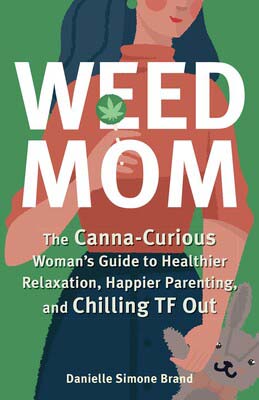
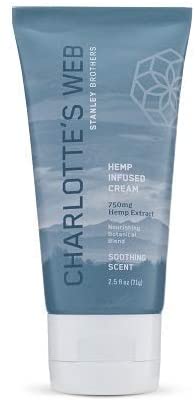

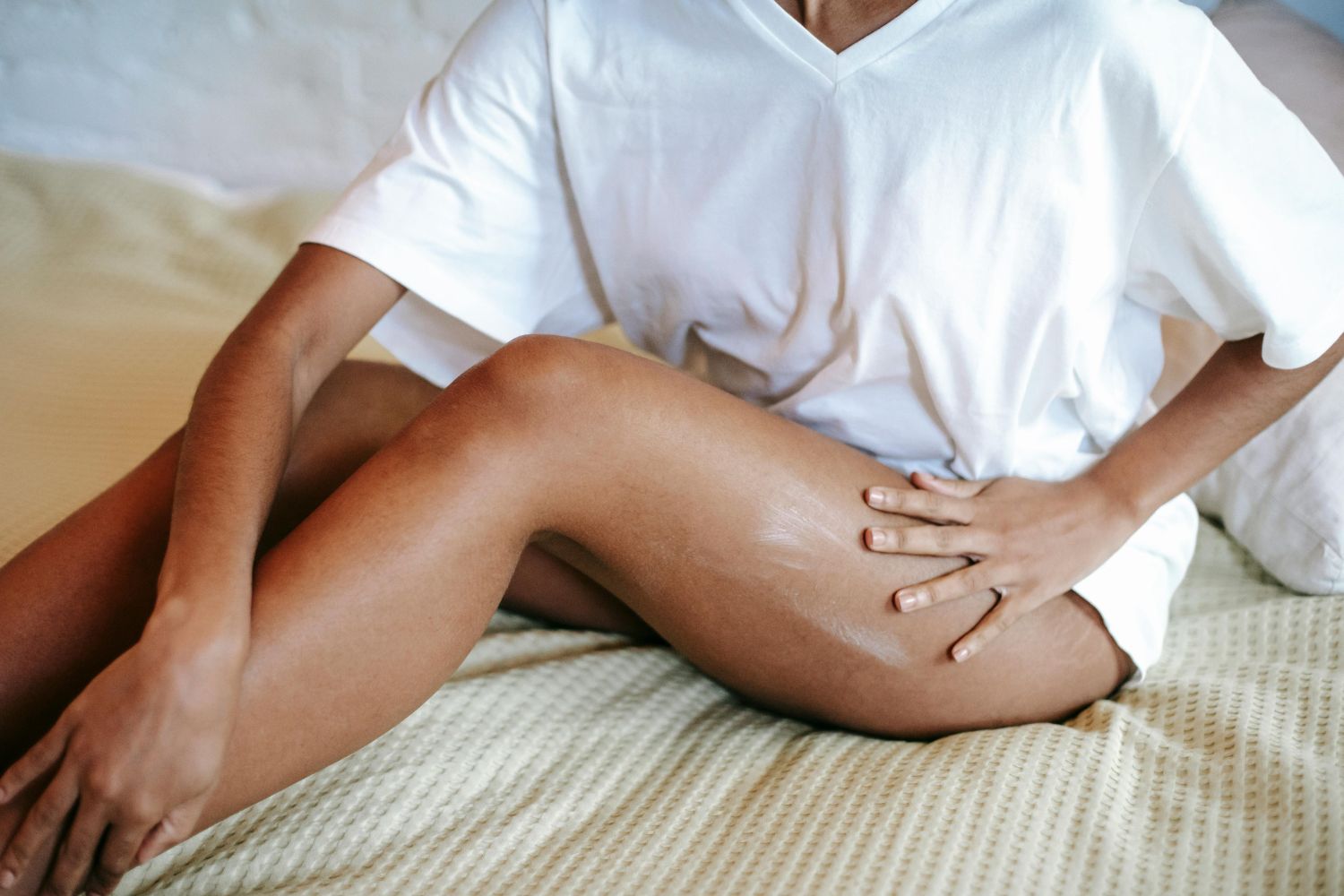
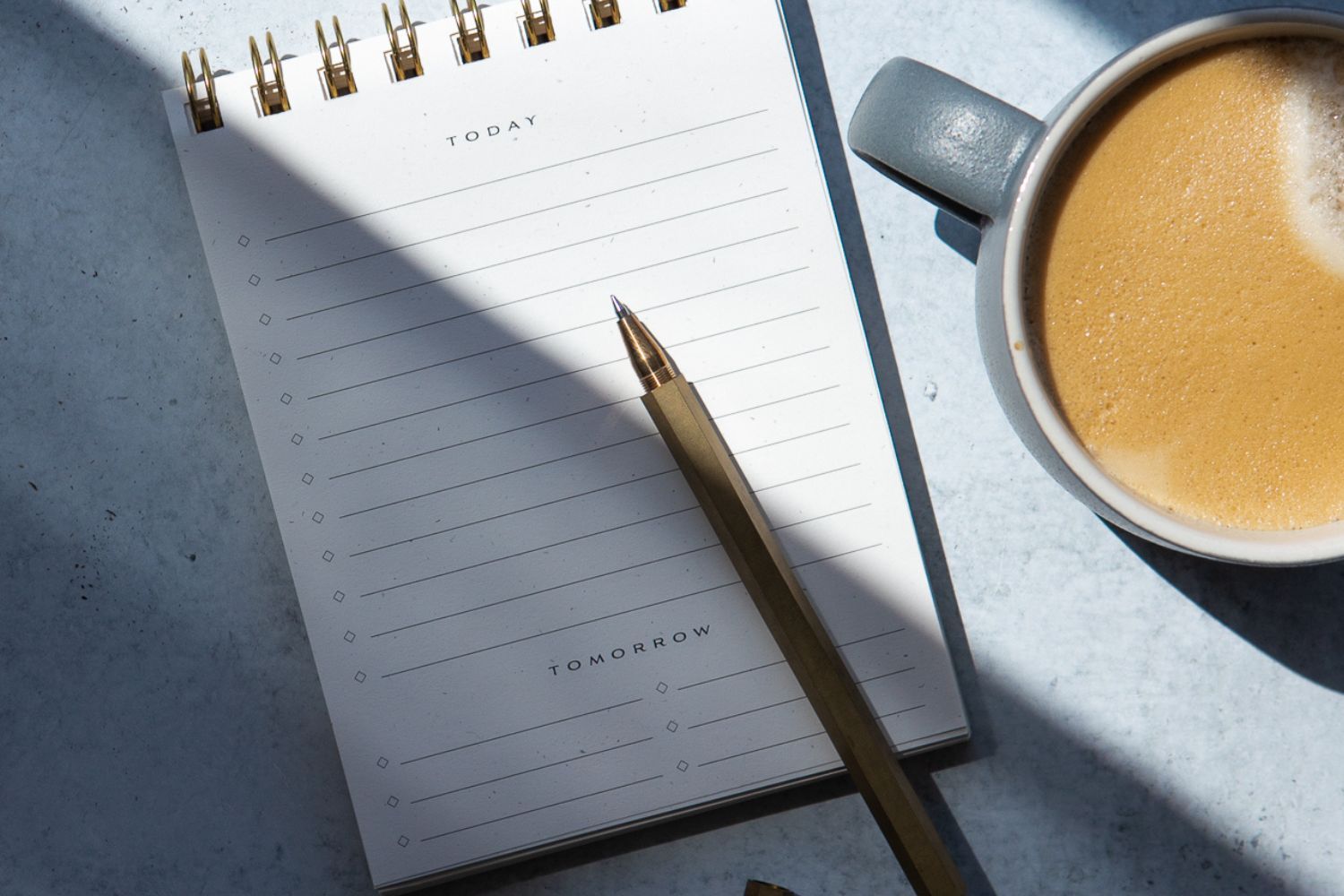

Shirley Wilson
Hi there,
How much do you charge for a sponsored post to your website?
Thanks
Shirley Wilson